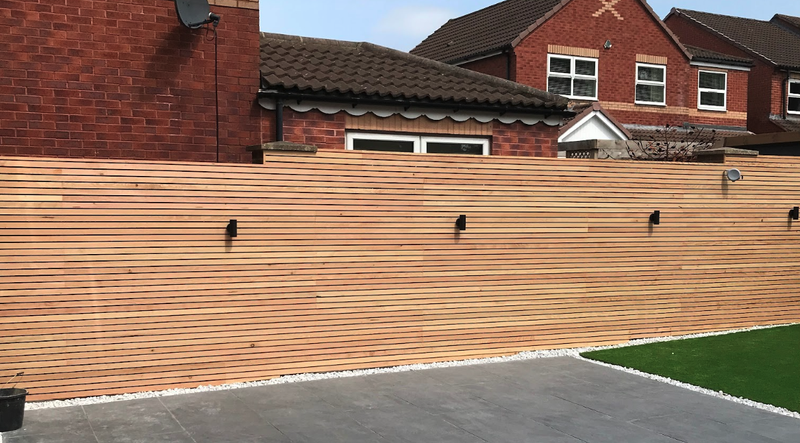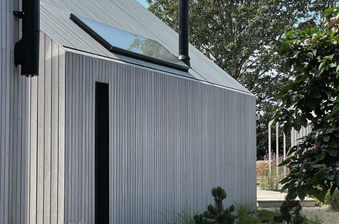Planning a garden fencing project? Not only do you need to stay on the right side of your neighbours, but also the law. Don’t get found out by fencing regulations!
In the UK, the maximum height for a fence without requiring planning permission is 2 metres from ground level (just over 6 feet 6 inches). If the fence is next to a highway used by vehicles or a footpath of such a highway, the maximum height is 1 metre (just over 3 feet 3 inches).
If you want to build a fence that’s over these height limits, then you will usually need planning permission from your local planning authority (LPA). Usually, this is the planning department of your local council.
In England and Wales, applications are started through the Planning Portal. In Scotland, it’s through ePlanning Scotland. It’s always your responsibility to seek planning permission. Rules and restrictions can differ between local councils, so if you’re unsure, contact your LPA for guidance. Planning can be a very local issue.
Do any of the following also apply to your project? If so, you might require planning permission.
If your fence is part of (or borders) a listed building…
You’ll need planning permission if your fencing is part of a listed building, or within the ‘curtilage’ of a listed building. Similarly, if your fence forms a boundary with a neighbouring listed building or its curtilage, you will need planning permission.
Curtilage generally refers to the land immediately surrounding a building, including any closely associated buildings and structures.
Stricter rules can also apply to conservation areas, Area of Outstanding Natural Beauty (AONB), national parks and World Heritage Sites.
In order to comply with planning permission requirements in these instances, height restrictions might apply and you might need to ensure the fence material and design is in keeping with the wider area. Contact your local planning authority.

If your fence is brick, stone or concrete…
Then a planning application might be required. You’re unlikely to encounter such issues with a timber, metal or plastic fence. Again, however, rules can differ between local authorities.
It goes without saying, but fences made from hazardous materials are generally not permitted, either!
If your fence has a trellis…
Some authorities will permit a trellis to be added to the top of a 2-metre fence, as long as they aren’t solid styles and are used for plant growth. Be sure to check with your local planning authority.

If your fence impacts your neighbours…
It’s always advisable to consult with your neighbours about any significant changes that may affect their property. Don’t forget that the ground can slope, and a fence could significantly deprive them of light.
If you’re working on a fence that is already over the height limit…
Then its height cannot be increased, but you can alter, maintain or improve it without planning permission.
Similarly, you do not need planning permission to remove a fence that’s on your property, regardless of its size of length.

If you think your project might require planning permission, applications can be made through the Planning Portal in England and Wales. In Scotland, it’s through ePlanning Scotland. If you’re unsure, it’s worth getting in touch with your local planning authority.
Start your next fencing project today
We offer a range of timber slatted fencing — the perfect designer perimeter for your garden.
This is available in many high-performance species, including Iroko, Western Red Cedar and Siberian Larch. In our Colourflex® range, you’ll also be able to choose from a range of factory-finished, pre-coloured and UV protected options.
Whether you have a couple more questions or you’re ready to start your next project, message our team today.







